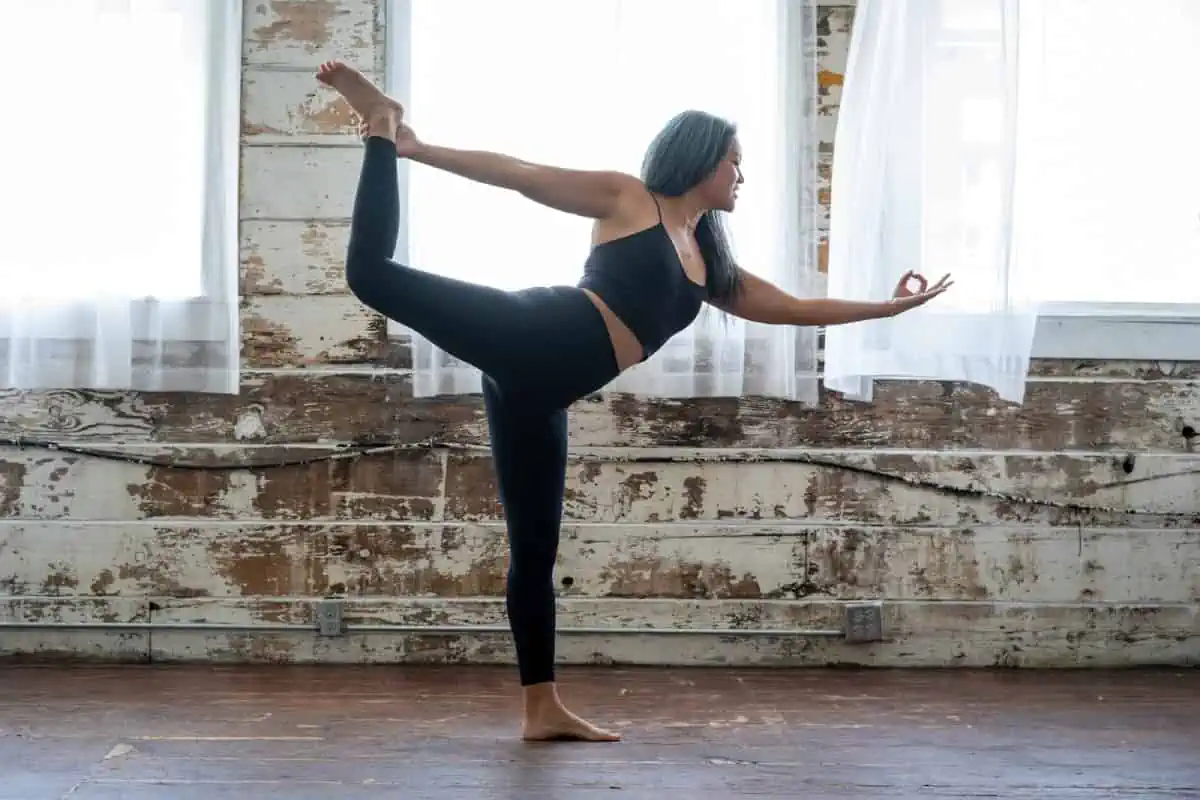Key Takeaway
Master the art of balance and embrace the spiritual and physical harmony of life with the Lord of the Dance Pose (Natarajasana), a pose that strengthens your body, enhances focus, and connects you to the cosmic dance of Shiva.
| LORD OF THE DANCE POSE | |
|---|---|
| Alternate name: | Natarajasana |
| Difficulty level: | Intermediate |
| Pose category: | Standing Backbend |
| Muscle groups: | Gluteus Medius (hips) Quadriceps (thighs) Hip Flexors (hips) Core Muscles (abdomen) Back Muscles (back) Hamstrings (thighs) Calves (lower legs) Ankle Stabilizers (ankles) Shoulder Stabilizers (shoulders) Arm and Forearm Muscles (arms) |
| Physical benefits: | Improves balance, strengthens core and stabilizing muscles, enhances flexibility in the spine, chest, and hip flexors. |
| Therapeutic applications: | Improves balance, enhances posture. |
| Preparatory poses: | Tree Pose (Vrksasana) Standing Quad Stretch Upward Facing Dog (Urdhva Mukha Svanasana) |
| Counterposes that follow well: | Standing Forward Fold (Uttanasana) Downward Facing Dog (Adho Mukha Svanasana) Child's Pose (Balasana) |
| Chakras activated: | Heart Chakra (Anahata) |
| Most helpful prop: |  Yoga strap - Loop around ankle, aids in foot grasp. See latest price |
When considering all the amazing reasons to take up a yoga practice, physical goals like flexibility and balance are high on the list for most people. There are many mental benefits to practicing yoga as well, such as increased concentration and better focus.
King Dancer Pose is an intermediate-to-advanced standing yoga posture that combines a deep backbend with balancing on one leg. While this asana definitely looks impressive, the challenge for many yogis is not necessarily in creating the physical shape of the pose but in the process of getting there.
Watch our recommended steps for entering, holding, and exiting the pose.
Contents
- 1 Why Balancing Poses Are Important
- 2 Dancer Pose in Yoga Mythology: A Dedication to Shiva’s Dance
- 3 Benefits of King Dancer Pose
- 4 How To Do Lord Of The Dance Pose
- 5 King Dancer Pose Variations
- 6 Preparatory Poses For Lord of the Dance Pose
- 7 Counter Poses to Do After King Dancer Pose
- 8 Lord of the Dance Pose FAQs
Why Balancing Poses Are Important
Though it might seem contradictory, balance is not truly stillness. Cultivating balance is actually a process of making intuitive, sometimes imperceptible adjustments in order to maintain physical and mental harmony as you move about your day. This is true both in a literal, physiological way and in a bigger-picture metaphorical way as well.
You could say that balance is a sort of dance in and of itself. Practicing Lord of the Dance Pose highlights this balancing act: cultivating stability, strength, and openness while the cosmic energy of life is in constant motion all around and within us. When you are able to access these qualities on your yoga mat, it helps build confidence in life off your mat as well.
Dancer Pose in Yoga Mythology: A Dedication to Shiva’s Dance
Lord of the Dance Pose is a yoga asana of many names. You may hear it casually called Dancer Pose, King Dancer, or Cosmic Dancer. In Sanskrit, Natarajasana derives its name from the word “nata” (dancer), “raja” (king), and “asana” (posture).
This graceful and challenging pose pays tribute to a specific representation of the Hindu god Shiva, one of the main deities in Hindu mythology.
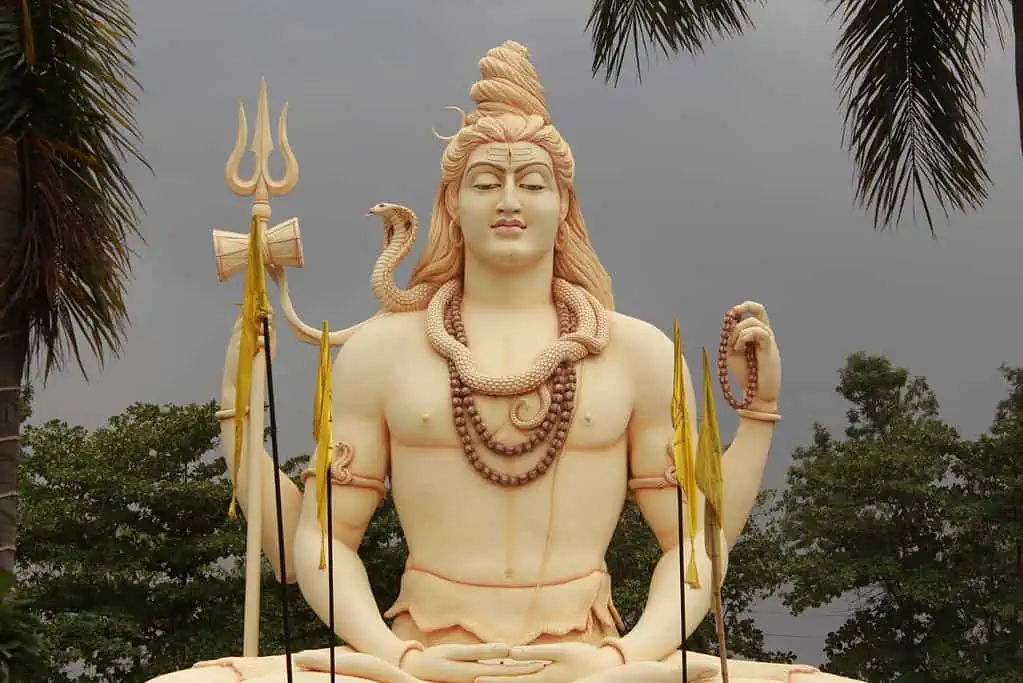
The Symbolic Meaning Behind Dancing Shiva – Nataraja’s Dance
Shiva takes on many different forms throughout Hindu mythology. The image of the dancing Shiva, or Nataraja, is a well-known icon in Hinduism. The image of Shiva’s dance shows him as both a creator and destroyer, the source of all movement within the cosmos; he dances, surrounded by a ring of fire, with one leg lifted into the air, offering a gesture of protection with one outward-facing palm.
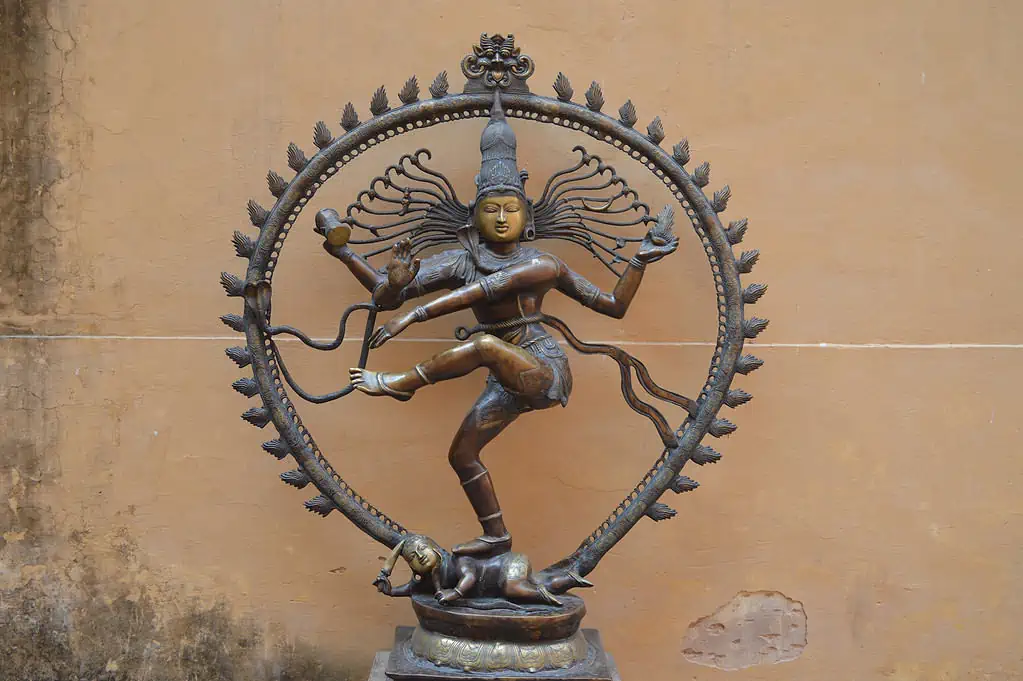
Although this symbolic representation of dancing Shiva dates back to several hundred years ago, we can appreciate a modern interpretation of this icon from the perspective of physics: on an anatomical level, cosmic energy — made up of subatomic particles — is constantly being created and destroyed.
How amazing is it that when you practice King Dancer Pose, you are literally connecting the ancient practice of yoga, Hindu mythology, and modern-day physics!
Benefits of King Dancer Pose
On top of the metaphysical and spiritual connections you create in Lord of the Dance Pose, there are significant physical benefits as well.
Improves Balance
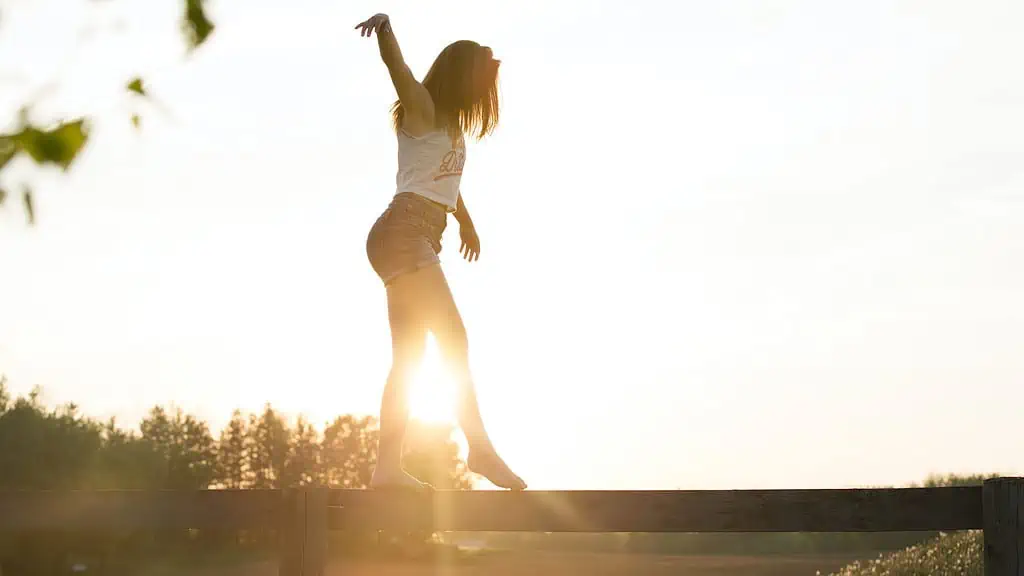
We can’t talk about King Dancer Pose without mentioning the importance of balance! Developing your sense of balance is a worthwhile goal in any physical activity as it greatly impacts your overall wellbeing and can enhance your quality of life.
Training your sense of balance by standing on one foot strengthens the muscles of the body that are important in maintaining good posture. These include your core, back, and gluteal groups — especially the gluteus medius. The gluteus medius is a stabilizing muscle that is put to work to maintain hip alignment when balancing on one leg. As we age, it is increasingly important to keep strong muscles and a keen sense of balance in order to prevent injury from falling.
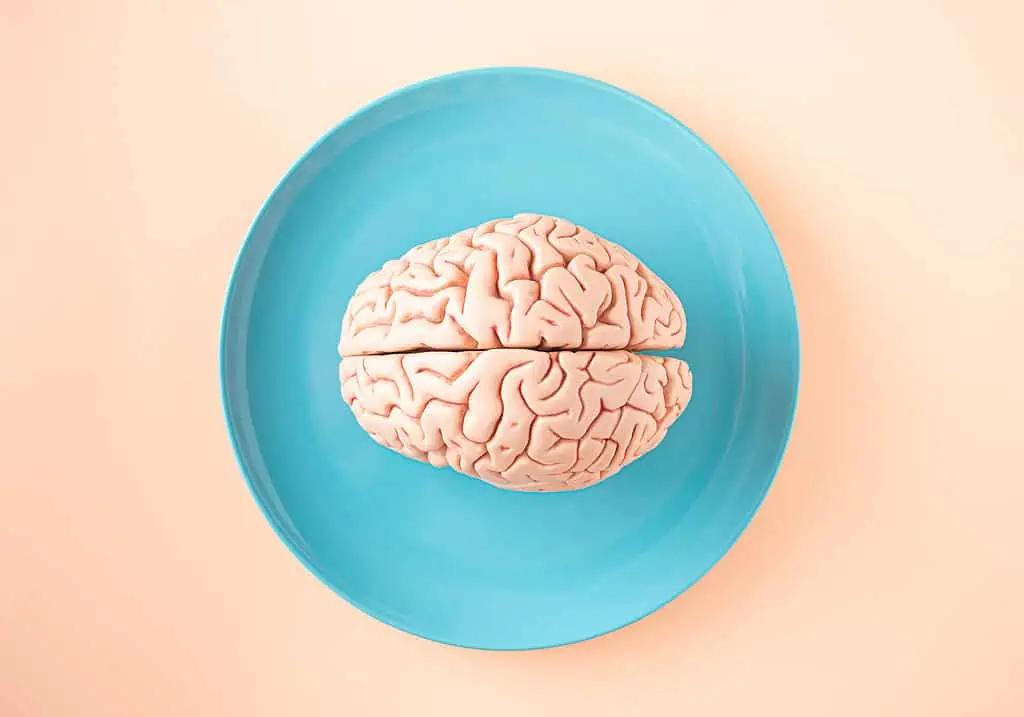
Amazingly, working on your balance is also linked to neuroplasticity! As compared with cardio-fitness, balance training produced positive effects on memory and spatial cognition after just 12 weeks. It seems that working on balance is one of the best things you can do for your future health.
Other Notable Benefits of Practicing King Dancer
- Counteracts the adverse effects of sitting for long periods of time: Dancer Pose lengthens the spine, opens and releases tension in the chest and shoulders. Additionally, it stretches and opens the entire front body, especially quads and hip flexors, which can become tight after periods of sitting.
- Improves posture: Natarajasana helps you achieve better posture through both strength and flexibility. This pose tones and strengthens the core, back muscles, feet, ankles, gluteus medius and other stabilizing muscles of the standing leg.
- Mentally benefits: as with most balancing poses, Natarajasana enhances body awareness, develops focus and concentration, and can help build confidence.
How To Do Lord Of The Dance Pose
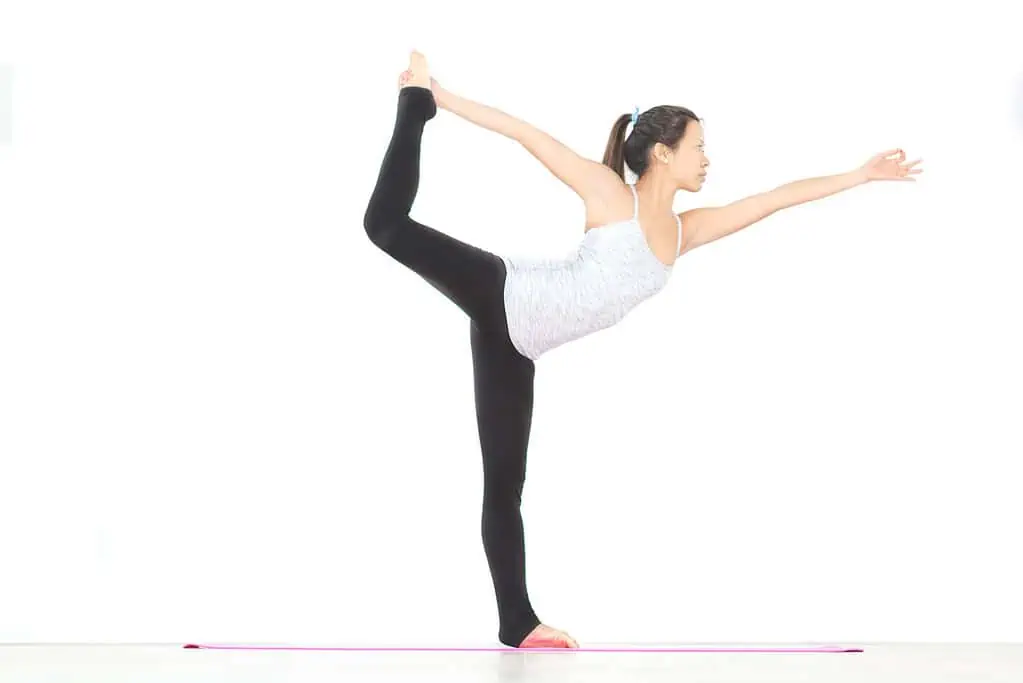
Now that you’ve read both the philosophical and physiological inspirations behind King Dancer Pose, it’s time to try it for yourself! Follow these step-by-step instructions:
- Begin standing tall in Mountain Pose. Bring your attention to the bottoms of your feet, and imagine your weight evenly distributed across the three arches of each foot.
- Shift your weight slightly into your left foot. Bend your right knee, bringing your right foot towards your glutes.
- Reach your right arm back, externally rotating your arm to catch the inner edge of your right foot with your right hand.
- Take a moment in this standing quad stretch to feel your right thigh lengthen. Check your alignment: think about pressing your right hip forward to keep your hips squared.
- Lift your left arm out in front of you at about shoulder height to help counterbalance your leg behind you.
- Now, start to lift your right leg up behind you. With the external rotation of your right arm, you will feel the front of your shoulder and chest open.
- Kick your right foot into your hand as your hand pulls back, creating resistance to lift your leg higher while keeping your chest forward.
- On your standing leg, lift from the inner arch of your left foot and keep a micro bend in your left knee joint.
- Keep your drishti, your focused gaze, fixed on an unmoving point in front of you.
- When you can take your lifted leg no higher, bring your torso forward slightly, hingeing from your waist.
- When you’ve arrived in your full expression of King Dancer Pose, remember to breathe! Hold the pose for a few breaths, then lower your thigh down and gently release your foot to the floor.
- Begin again in Mountain Pose, and practice Dancer Pose on your other side, lifting your left leg and taking your left foot in your left hand.
Contraindications
Lord of the Dance Pose calls for strength and flexibility from the entire body; so, if you are recovering from any sort of injury, it’s best to skip this pose until you are in your best health. As a balancing pose and backbend, be especially careful if you’ve recently experienced an ankle or back injury such as a slipped disc.
Lastly, because you must externally rotate your hand to catch your foot behind you, it might cause wrist discomfort in people who suffer from carpal tunnel syndrome. In this case, you could easily modify the pose by using a yoga strap (see below for modifications).
King Dancer Pose Variations
There are many ways to practice Natarajasana in order to fit it into your level of practice. You might choose a simpler, modified version as you build strength and flexibility. On the other hand, you might be ready to try a more advanced version of King Dancer Pose.
Supported Dancer Pose Using Props
- With a chair: if you struggle with balance, you can use a chair to help steady yourself. Set the chair in front of you, and rest your free hand on the back of the chair. When you feel stable, test your balance by hovering your hand a few inches above the chair.
- Against a wall: position yourself facing a wall, a little less than an arm’s length away. Use the wall to help yourself maintain balance in order to practice lifting your raised foot behind you. Bring your fingertips or palm of your outstretched hand to the wall for more stability as you lean your torso forward.
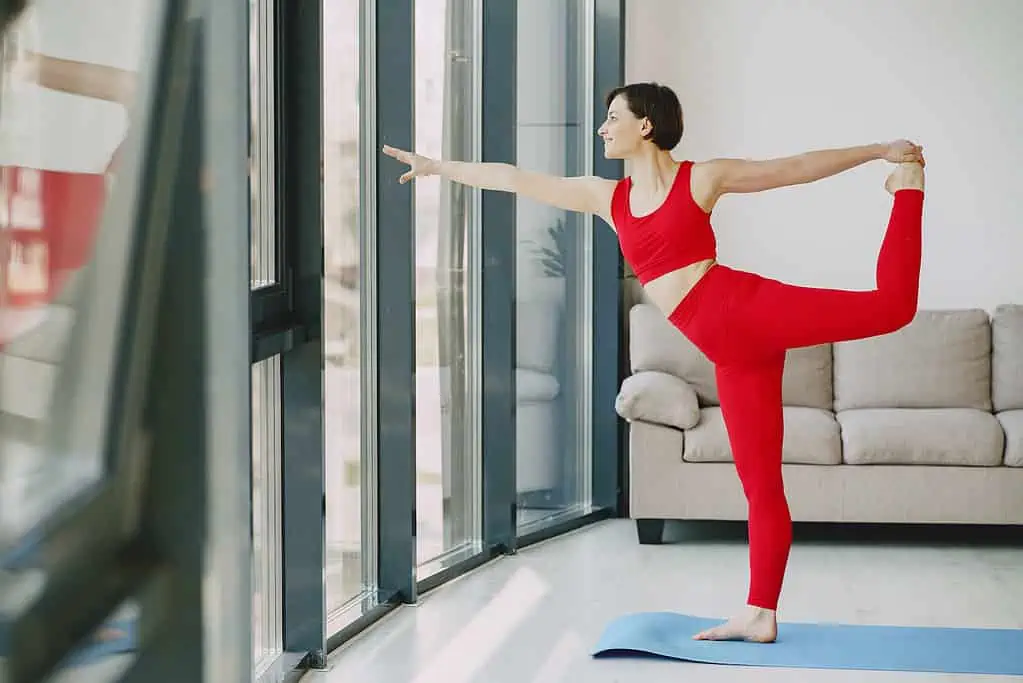
- Use a strap: if you have tight shoulders or thigh muscles, you might have difficulty grasping your foot in your hand. In this case, you can loop a yoga strap around the ankle or foot of your lifted leg. Using a strap can also be helpful if you are working towards flipping your grip (see below).
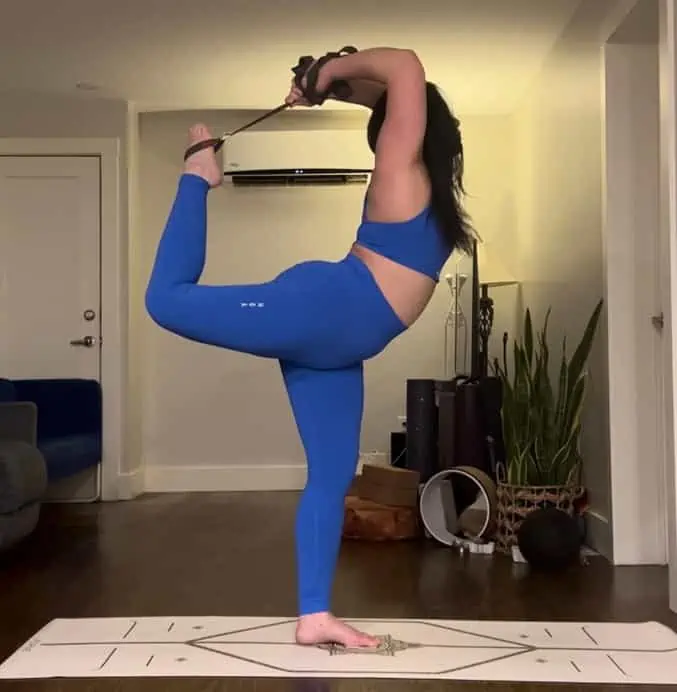
Full Lord of the Dance Pose
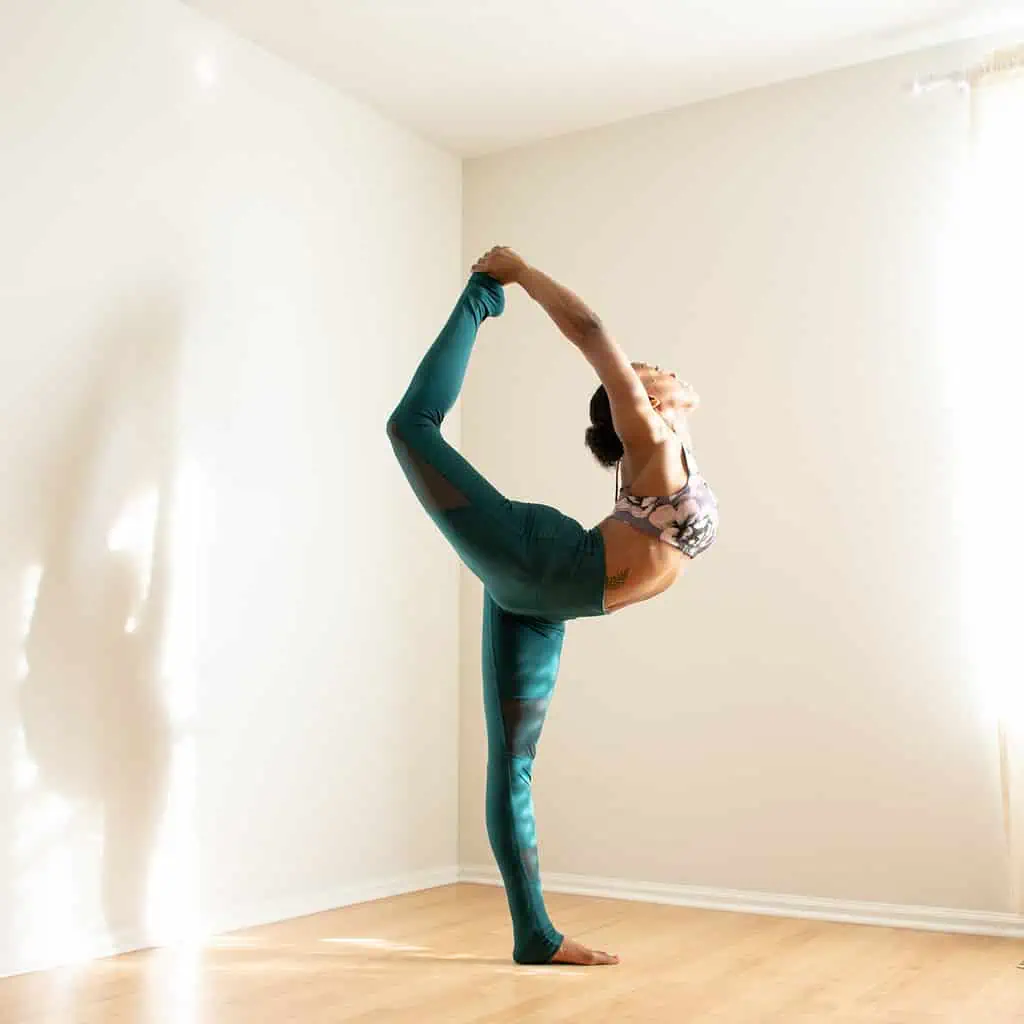
This variation of Natarajasana takes the backbend even deeper as you flip your grip on raised foot and reach your arms up over your head.
To flip your grip, take your elbow out to the side and up as you lift your leg higher, rotating your arm in your shoulder joint. Bring your second arm up and grip your foot with both hands, elbows up and hugging in close to your body.
Preparatory Poses For Lord of the Dance Pose
Here are some important poses to help you warm up to Natarajasana. These postures focus on finding your center of balance, stretching your hips and legs, and opening your chest.
Mountain Pose
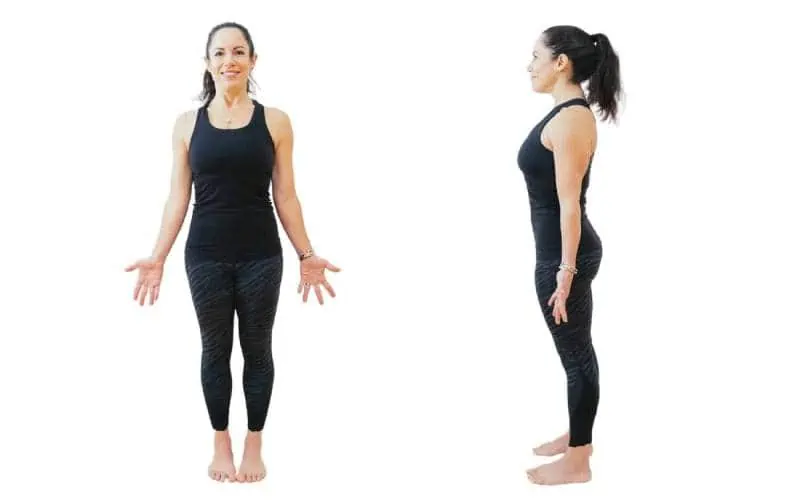
- Stand on your yoga mat with your feet about a hip width distance apart.
- Bring your arms to your sides, and turn your palms to face forward. Feel your chest open.
- Ground down through the bottoms of your feet. Try to distribute your weight evenly across all three arches of your feet.
- Reach the crown of your head up towards the sky to lengthen your spine.
- Remain standing tall for a few easy breaths, maybe even closing your eyes to find your center.
Tree Pose
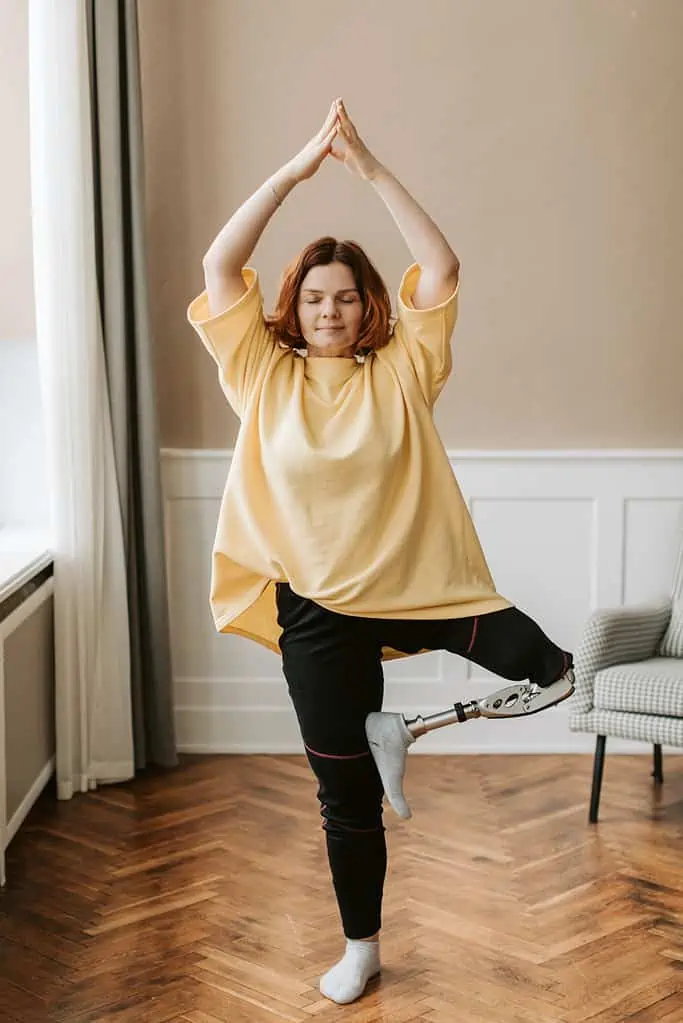
- From Mountain Pose, shift your weight slightly into your left foot.
- Bend your right knee and bring the bottom of your foot to your left leg, either against the inside of your lower leg, or your left thigh (avoid placing the foot against the left knee).
- Ground down through your standing foot and reach the crown of your head up toward the sky to lengthen your spine.
- Keep your hands in a prayer position at your heart center, or raise your hands up over your head.
- Let your breath flow easily as you hold your Tree Pose for a few seconds, then release your foot back down to your mat.
- Repeat Tree Pose on your other side.
Standing Quad Stretch
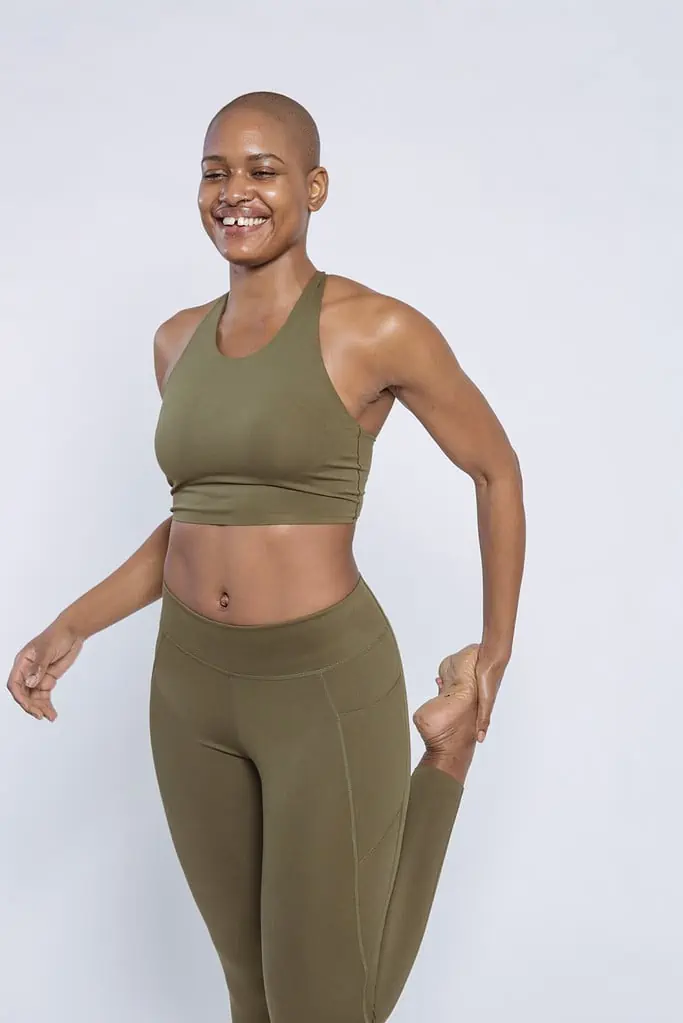
- Again, begin in Tadasana, standing tall. Shift your weight into your right side.
- Bend your left knee and bring your left heel towards your glutes.
- Catch your foot in your left hand.
- Tuck your tailbone slightly to lengthen the front of your left hip.
- With gentle pressure from your left hand, gently squeeze your left heel in towards your glutes to stretch the front of your thigh.
- Keep your right arm by your side, reaching forward to act as a counterbalance, or place your hand on your hip.
- Take a few deep breaths in your quad stretch, then release your foot back down to your mat and repeat the stretch on your other side.
Upward Facing Dog
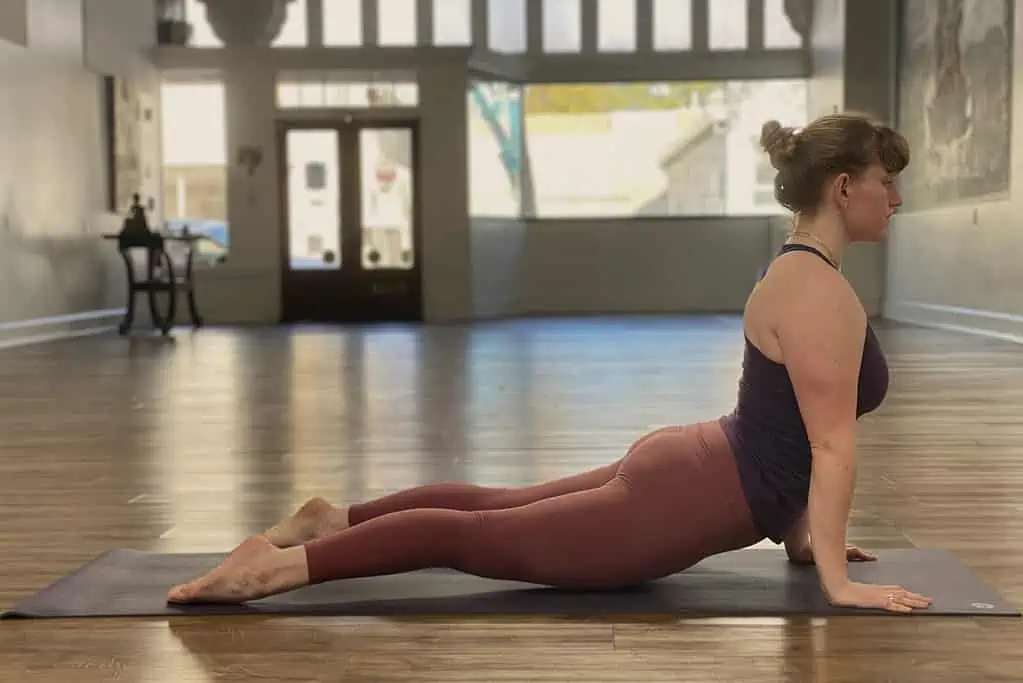
- Begin in a prone position, lying face down on your mat.
- Place your palms underneath your shoulders.
- Bring the tops of your feet to your mat and press them into the floor, engaging all the muscles of your legs.
- Pull your low belly in and up to activate your core.
- Press your palms into the floor to lift your upper torso off of your mat. Straighten your arms all the way, lifting your body so your thighs hover a few inches above the floor.
- Spread your shoulder blades wide across your back and keep space between your shoulders and your ears.
- Reach the crown of your head forward and up, lengthening your spine.
- Hold your Upward Facing Dog for a few breaths, then gently lower yourself all the way back down to your belly.
Counter Poses to Do After King Dancer Pose
After such an intense backbend, you want to give your back muscles a chance to relax, and let your spine return to a neutral position. Try these poses after Lord of the Dance Pose, and your back will thank you!
Standing Forward Fold
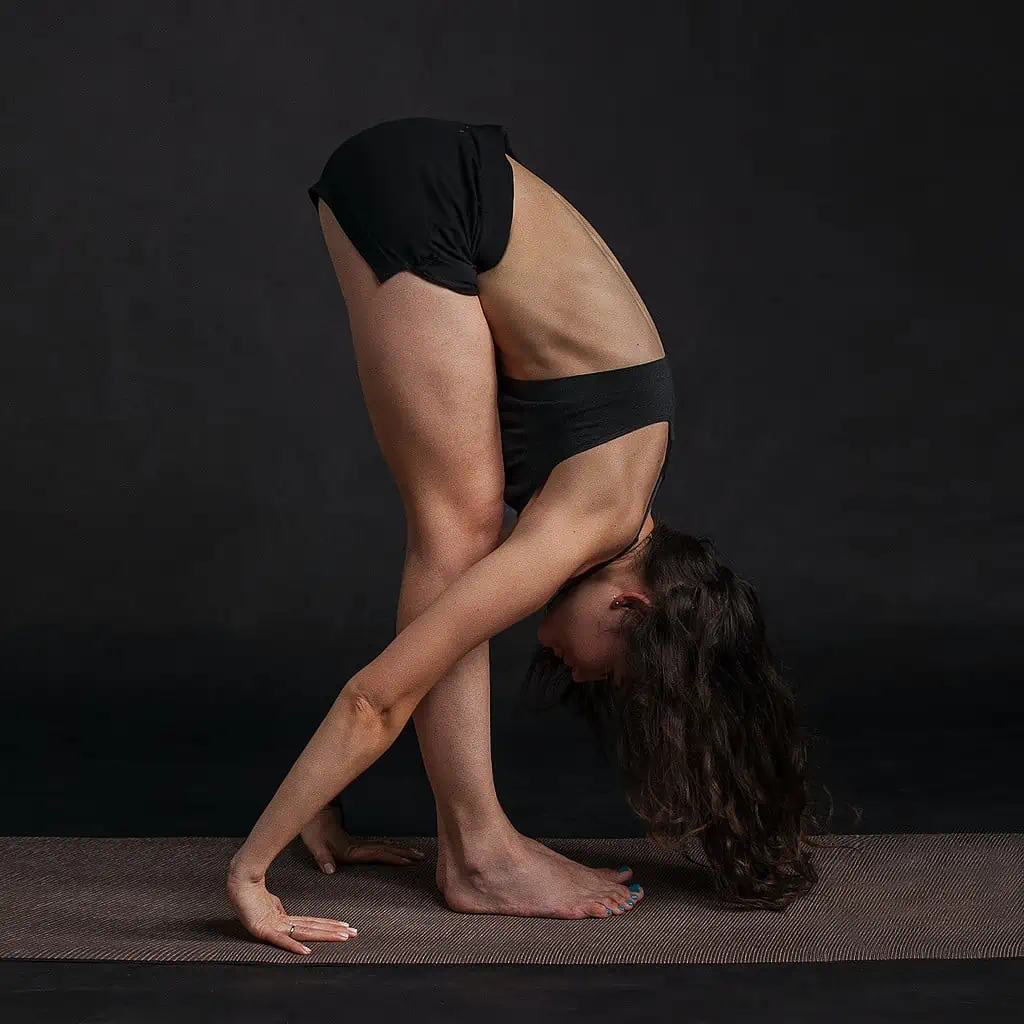
- Stand with your feet separated a hip with distance.
- Bow forward, releasing the crown of your head toward the floor.
- Relax the back of your neck and let your head hang.
- Keep your knees soft to help release across your lower back.
- Take a few deep breaths in your Forward Fold, then continue on to Downward Facing Dog.
Downward Facing Dog
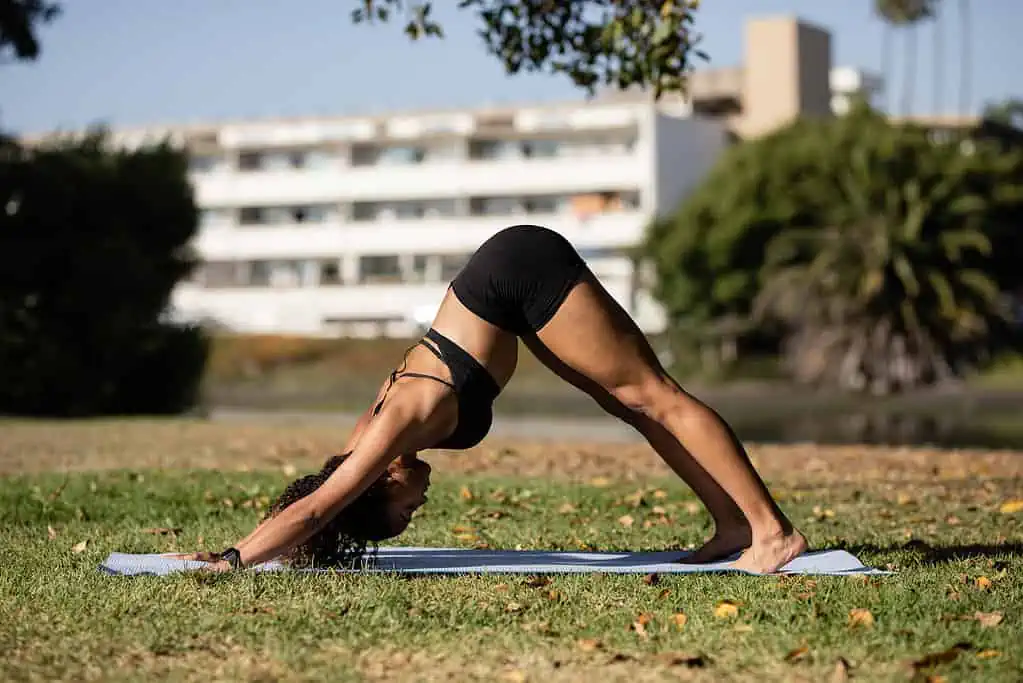
- From Standing Forward Fold, plant your hands about a shoulder-width apart and step your feet toward the back of your mat, bringing your body into the shape of an upside-down V.
- Tilt your sit bones up towards the sky as you press your heels toward the floor.
- Spread your shoulder blades wide across your upper back, and keep your head aligned with your spine.
- Stay in your Down Dog for 5 or so breaths, then gently release your knees to the floor, coming to all fours.
Child’s Pose
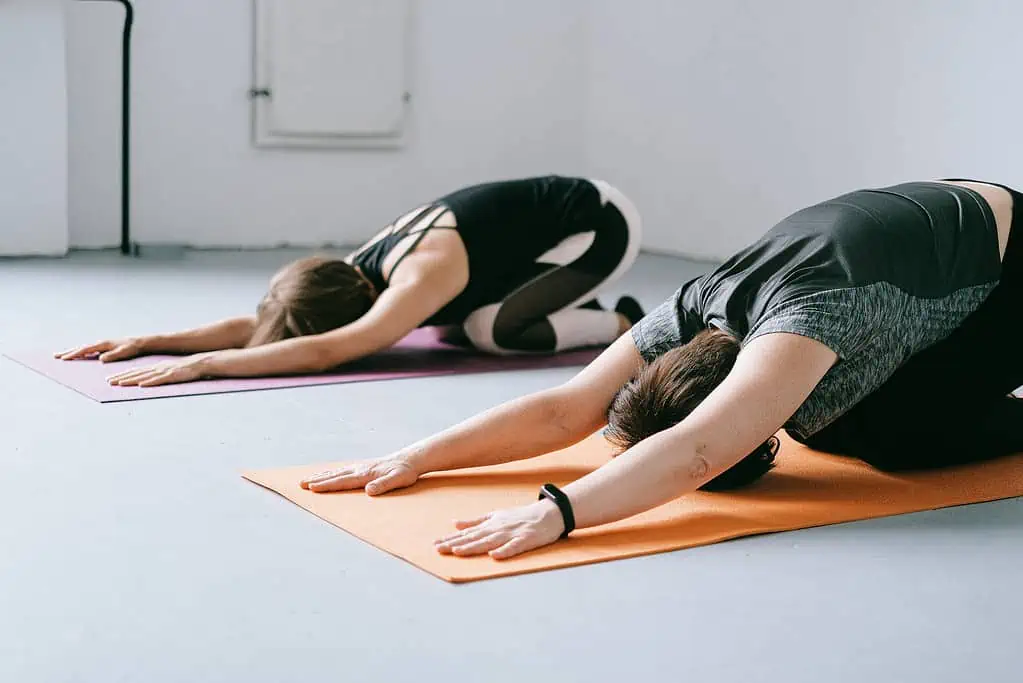
- Begin in a kneeling position, sitting back on your heels. Keep your big toes together and separate your knees.
- Reach your arms forward as you bring your forehead down to the floor. Keep your hips reaching back toward your heels.
- Take several deep breaths in your Child’s Pose, then walk your hands in to sit yourself back upright.
Lord of the Dance Pose FAQs
I keep wobbling. How can I feel more stable in Dancer Pose?
Think of training your balance just as you would when strengthening a muscle in your body. It takes practice and time, but you absolutely can develop a better sense of balance.
As you develop deeper body awareness, there are a few physical strategies you can use, starting from the ground up. Bring your awareness to your standing foot and envision lifting through your three arches. Be sure your standing knee is not locked out. Finally, notice if your gaze is shifting around as you wobble, and try to keep your eyes focused on a single point.
There is also a mental factor to feeling solid in a balancing pose. In most cases, there is a tendency to hold your breath and come to complete, rigid stillness like a statue as you fight against the effects of gravity. However, remember the intention of this pose being a cosmic dance: everything is always in motion, so remember to breathe and just go with it.
Approach your balance with a curious mind because ultimately, even if you fall out of your Dancer Pose, there is knowledge to be gained from your experience. And of course, you can always try again!
I feel like I’m crunching my lower back. What should I do differently?
The shape you should strive for in Lord of the Dance Pose is similar to that of the ring of fire encircling Nataraja’s dance. Ideally, you want to keep an equal curve throughout the length of your spine, rather than having a sharp angle in your lumbar spine.
To avoid this, focus on really engaging your core by pulling your belly button in and up. If you still feel like the curve of your spine is uneven, try spending a bit more time opening your chest and shoulders with poses like Upward Facing Dog, Sphinx, and Cobra. Then, try your Dancer Pose again paying special attention to creating a balanced curve in your spine.


